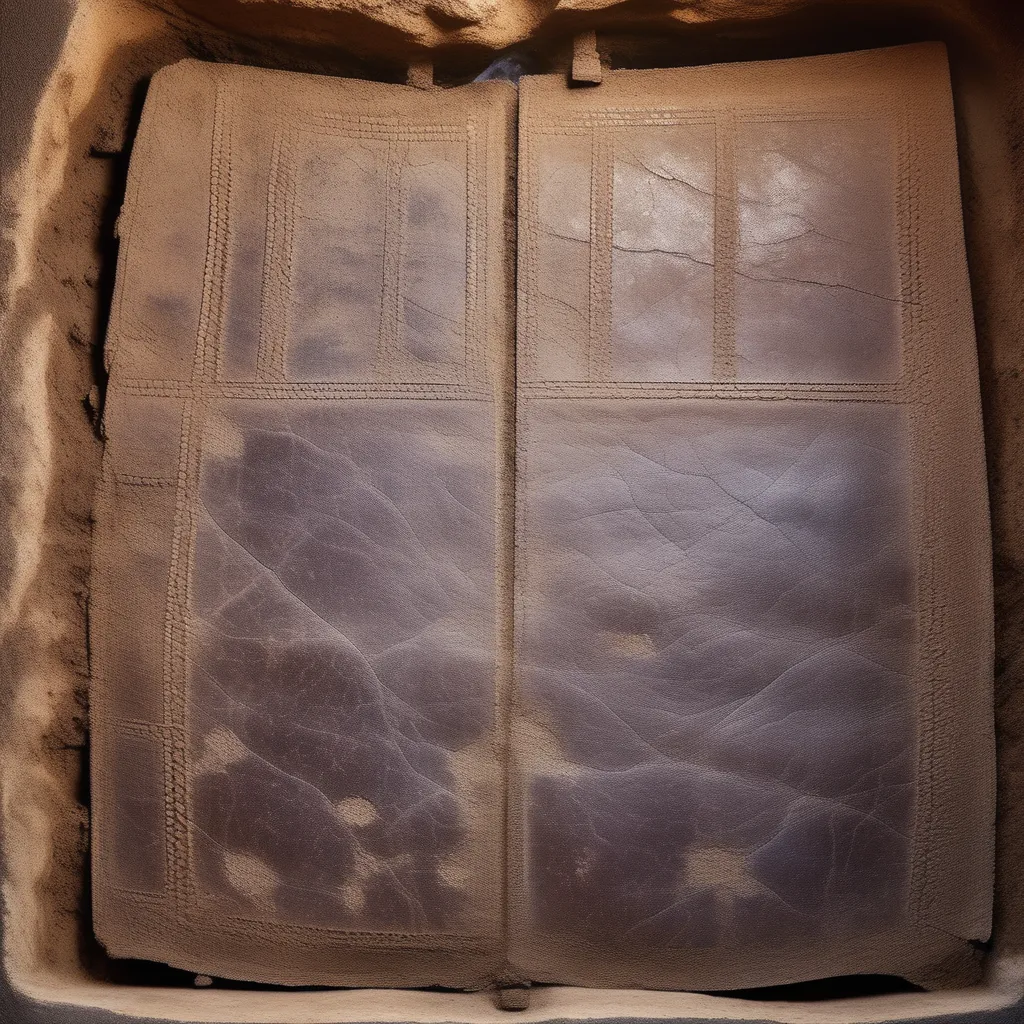Scythians' Leatherworking Secrets Revealed: Ancient Quivers Made from Human Skin
Researchers in modern-day Ukraine have uncovered a macabre practice among Scythians, who, over 2,400 years ago, crafted leather, including quivers, from human skin. The findings corroborate the accounts of the ancient Greek historian Herodotus, shedding light on the Scythian way of life.

In their study, scientists utilized paleoproteomics to trace the origins of leather found at 14 Scythian sites in southern Ukraine. The diverse sources, including sheep, goat, cattle, horse, and human, indicate a sophisticated understanding of leatherworking among these equestrian steppe groups. The research was published last week in PLOS One.
According to Herodotus, the Scythians, known for their prowess with the battle-ax and reverence for horses, engaged in practices such as drinking the blood of defeated foes, using severed heads as bargaining tokens, and fashioning clothing from sewn-together scalps. Notably, Herodotus mentioned, “Many too take off the skin, nails and all, from their dead enemies’ right hands, and make coverings for their quivers.”
The study identified fur samples from red foxes and animals in the cat and squirrel families. While 26% of the samples couldn't be taxonomically identified, the majority were likely goat (Capra hircus), followed by sheep leather (~19%). Two leather samples were confirmed to be human skin, suggesting the Scythians used human leather for crafting the top parts of their quivers.
Even quivers made from animal leather were a blend of different skins, indicating that each archer created their quiver based on available materials. The Scythians, known for their battlefield prowess, were also documented to have a vibrant drinking culture, as noted by various Greek authors.
Recent research challenges the stereotypical image of Scythians as solely fearsome nomadic warriors. A 2021 study examining isotopes in tooth enamel from sites across Ukraine suggested that only a subset of Scythian-era people led heavily nomadic lifestyles.
While the discovery of human skin quivers substantiates one of Herodotus' claims, the possibility of recovering clothing sewn from scalps remains uncertain.

No comments:
Post a Comment